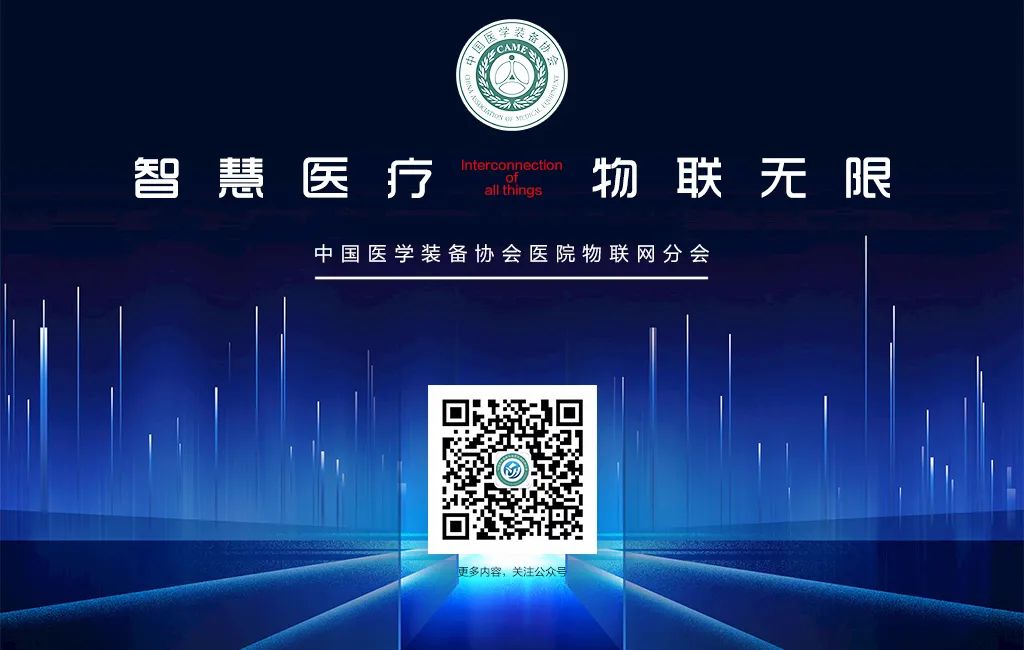The IoT SIM card is a mobile communication access service provided by the three major operators: China Mobile, China Unicom, and China Telecom, for IoT scenarios. It uses dedicated (11-digit or 13-digit) number segments to support basic communication services such as SMS, wireless data, and voice through specialized devices, providing communication link management and terminal management as intelligent channel services.
The common types of IoT SIM cards are the following five types:
Standard IoT SIM Card
The standard IoT SIM card is issued by the three major operators and mainly meets the network data communication needs of enterprise IoT devices. It is commonly found in life scenarios such as shared charging treasures, express cabinets, POS machines, and shared bicycles.
eSIM Card
The eSIM card is a virtual card introduced by operators in the past two years that does not require a SIM slot. It embeds the traditional SIM card directly into the device chip, allowing the device to access the wireless network services provided by operators without inserting a physical SIM card.
The eSIM IoT card supports over-the-air (OTA) provisioning capabilities, enabling the binding of the device to the operator’s identity recognition tags.
(1) Embedded: By embedding the eSIM chip, end users cannot make calls and do not have to worry about loss or theft.
(2) Over-the-Air Provisioning: The IoT card number can be reclaimed at any time, and if it is deactivated due to usage issues, there is no need to replace it on-site.
(3) Fewer Failures: Traditional IoT cards can suffer irreversible mechanical wear over long-term use, while eSIM IoT cards avoid such problems by using a built-in virtual card number.
(4) Space Saving: At 2x2mm in size, it occupies no space on the circuit board, allowing IoT devices to be designed smaller.
(5) Reusability: If the terminal device becomes unusable due to customer reasons, the eSIM number can be reclaimed and reused on a new device while retaining the original tariff.
(6) Flexible Plan Changes: For scenarios where the communication traffic of terminal devices fluctuates significantly, the eSIM can be written to remote terminal devices at any time, allowing them to change to different tariff plan numbers based on their business needs.
VPDN Private Network Card
VPDN (Virtual Private Dial Network) uses L2TP protocol or GRE tunnel technology to build a virtual private network for IoT customers that is isolated from the public internet. In the IoT context, the VPDN card (a SIM card with a specific APN) accesses the corporate intranet through specially designed network channels, enabling communication between the VPDN card and the corporate intranet.
NB-IoT Card
NB-IoT refers to narrowband communication technology. NB-IoT is concentrated in the low-function wide-area (LPWA) IoT market and is a new technology that can be widely applied globally. It is suitable for applications that require low speed, low bandwidth, high concurrency, and low power consumption, with low mobility requirements.
International IoT Card
The international IoT card is an IoT card that can roam internationally, produced by China Mobile, China Unicom, and China Telecom. The international IoT card currently supports over 200 countries and regions through international IoT protocols, enabling international tracking and networking needs for devices. The international IoT connection service currently covers over 200 countries and regions in Europe, Asia, America, and Africa.
(1) Global Access: Produced domestically and sold globally. Monitor anytime along the Belt and Road. Freely choose operators. Global roaming without changing cards;
(2) Supports eSIM: Automatically switches between different countries and regions, adjusts operators based on signal strength, software-based SIM card, no SIM slot required, over-the-air provisioning, and can be issued at any time.
(3) Flexible Use: Supports most 2G/3G/4G module international frequency bands, plastic and ceramic cards match different device environments, supports testing periods, silent periods, flexible plans, and can be customized as needed.
(4) Open Interface: SLA up to 99.99% high availability API, supports full lifecycle management operations, provides multi-language adaptation SDK, and interface supports renewal.
Source: IoT Technology
